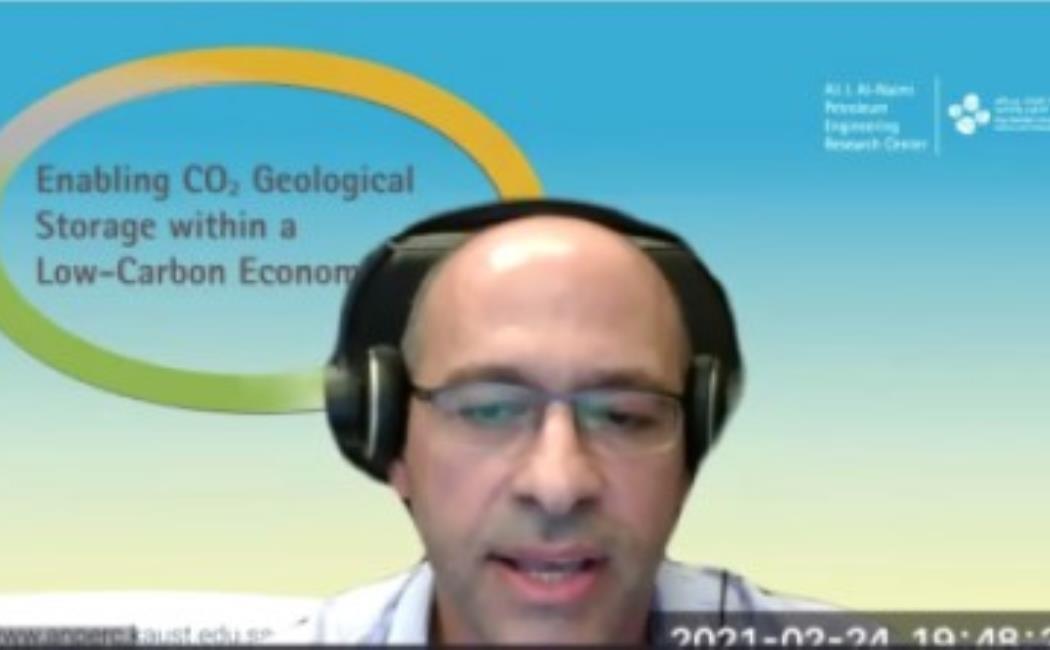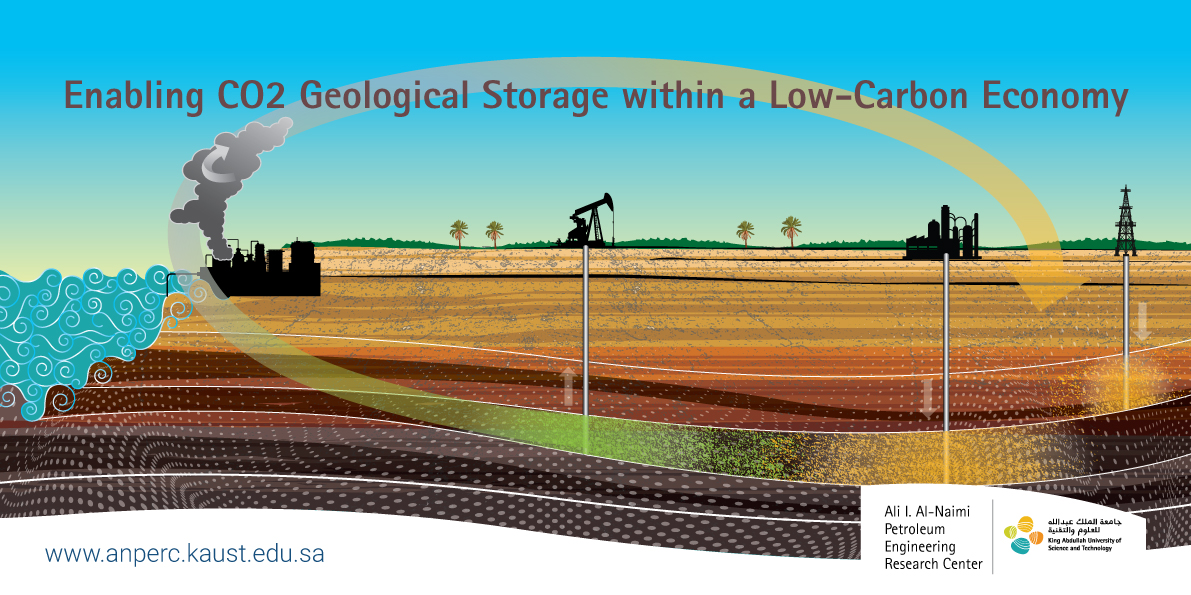.jpg?sfvrsn=39330263_0)
.jpg?sfvrsn=39330263_0)

27 April, 2021

The first-ever virtual ANPERC, KAUST Research Conference held between Feb 22 and 24, 2021, was phenomenal. Over 500 participants attended, it was characterized by exceptional presentations, great feedback, and engagement from the attendees. Distinguished speakers discussed "Enabling CO2 Geological Storage within a Low-Carbon Economy," a topic of the moment, which presents a wonderful challenge for science and engineering, as one participant observed.
The conference also came very timely and well-aligned with the current Circular Carbon Economy (CCE) in KSA and KAUST’s Circular Carbon Initiative (CCI). The conference addressed the following topics:
A major highlight of the conference was presentations that underscored the effort and commitment of institutions such as KAUST, the Saudi Ministry of Energy, and Saudi Aramco to address the energy and environmental challenges as well as examples of decarbonization efforts in the UK and UAE.
Participants learned about the Aquistore project in Canada, and the fascinating data acquisition, which confirmed the need for careful assessments of the fundamentals, including the chemo-thermo-hydro-mechanical processes.
Examples of studying these processes were presented by different speakers, from the pore-scale to the field scale, including modeling and simulation. This also included studies about CO2/rock wettability, entrapment, and H2 /rock wettability.
A study about CO2 storage potential in the Gulf region was presented, which showed a comprehensive scene around CCUS/CCS and the urgency to move on. There was an emphasis on the “U” in CCUS, and the need for data.
Speakers also explored energy storage in the form of hydrogen and the challenge of storing H2. Hydrogen storage in the subsurface and the issues of cyclic behavior and purity were examined as well as Salt caverns, and porous media and the challenge of measuring the flow parameters.
Risk of leakage, well integrity, probability of failure, and risk assessment were highlighted. Leakage scenarios, fault activation, time scale/cap rock (integrity), CO2 diffusion, reaction/mineralization, understanding fracture modeling and the challenge of contrast of micro-meso-macro, non-linear processes, high-resolution simulations were discussed, including the need for simplified and accurate models.
At the end of the conference, there was consensus that CCUS and CCS have significant potential in the region but still lack the appropriate regulations and policies. Further, the availability of (subsurface) data will be critical to developing this technology.
ANPERC anticipates hosting another conference addressing issues around CCUS and CCS policies and regulations in the near future. To learn more about the 2021 “Enabling CO2 Geological Storage within a Low-Carbon Economy” conference, please visit: https://anperc.kaust.edu.sa/conf-2021.